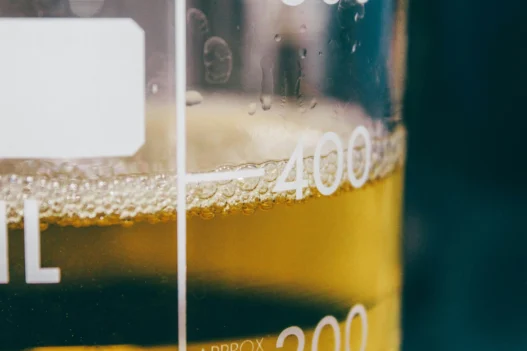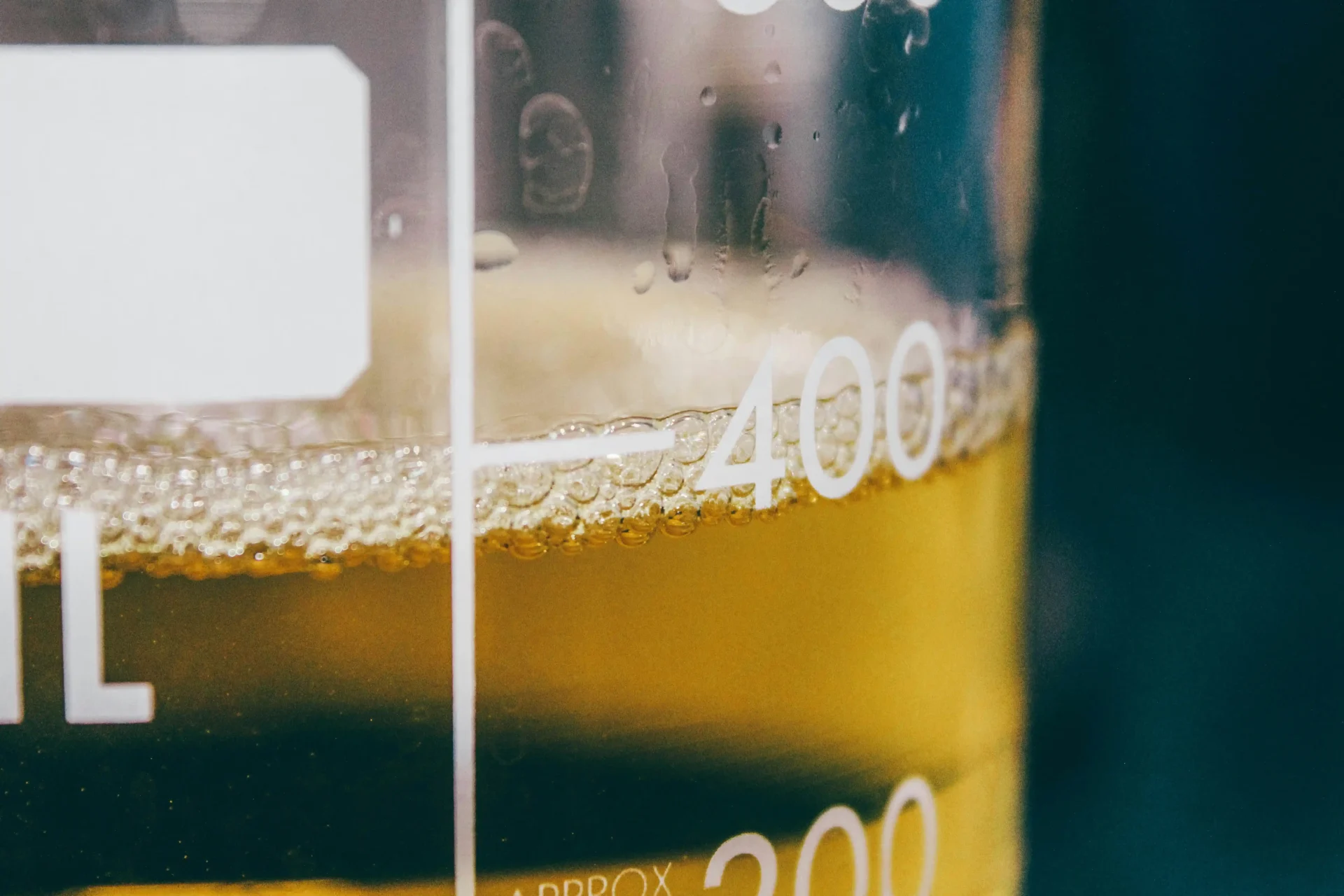Phenothrin is a synthetic pyrethroid insecticide commonly used in everyday life to control pests such as mosquitoes, flies, and fleas. It is found in various household products including insect sprays, pet shampoos, and mosquito coils. Phenothrin’s effectiveness in killing insects makes it a valuable tool in maintaining public health by reducing the spread of diseases carried by pests. Its widespread use underscores the importance of chemical control measures in pest management and overall quality of life.
Table of Contents:
- 💡 Commercial Applications
- ⚗️ Chemical & Physical Properties
- 🏭 Production & Procurement
- ⚠️ Safety Considerations
- 🔬 Potential Research Directions
- 🧪 Related Compounds
💡 Commercial Applications
Phenothrin is a synthetic pyrethroid insecticide commonly used in commercial and industrial applications for pest control. Its effectiveness in controlling a wide range of insects makes it a popular choice for use in agriculture, public health, and household insect control products.
In the agricultural sector, Phenothrin is commonly used to protect crops from insect damage. It is effective against a variety of pests, including moths, beetles, and flies. In public health applications, Phenothrin is used in insecticide formulations to control disease-carrying insects, such as mosquitoes and ticks.
Phenothrin is also used in the formulation of certain drug and medication products. In topical treatments, Phenothrin is used to treat head lice infestations in humans. It acts by paralyzing and killing the lice and their eggs, making it an effective treatment for this common problem.
⚗️ Chemical & Physical Properties
Phenothrin is a synthetic pyrethroid insecticide commonly used in household insecticides. It is a white to pale yellow crystalline solid with a characteristic odor, often described as sweet or floral.
The molar mass of Phenothrin is approximately 316.4 g/mol, and its density is around 1.17 g/cm³. These values are higher compared to common food items like sugar and salt, which have lower molar masses and densities.
The melting point of Phenothrin is around 39°C, while its boiling point is approximately 290°C. These values are significantly higher than those of common food items like butter or chocolate, which melt at lower temperatures and boil at higher temperatures.
Phenothrin is sparingly soluble in water and has a relatively low viscosity. This is in contrast to common food items like sugar and salt, which are highly soluble and have higher viscosities in water.
🏭 Production & Procurement
Phenothrin is a synthetic pyrethroid insecticide that is most commonly produced through a multi-step chemical synthesis process. The main precursor chemicals used in the production of Phenothrin are resorcinol and bromine, which undergo several reactions involving esterification, oxidation, and cyclization to form the final product.
After production, Phenothrin is typically packaged and stored in a liquid or powdered form for transportation. It is then procured by various industries, such as agriculture and pest control, for its insecticidal properties. Phenothrin can be transported in bulk quantities via tanker trucks or in smaller containers, such as drums or bottles, depending on the needs of the end user.
The procurement of Phenothrin involves purchasing the chemical from manufacturers or distributors. The transportation of Phenothrin is often carried out by third-party logistics companies specializing in chemical handling and shipping. Proper handling and storage procedures must be followed to ensure the safe and effective use of Phenothrin in various applications.
⚠️ Safety Considerations
Safety considerations for Phenothrin include proper storage and handling to prevent accidental exposure. It is important to wear appropriate personal protective equipment, such as gloves and goggles, when using Phenothrin to avoid skin and eye irritation. Additionally, Phenothrin should be used in a well-ventilated area to minimize inhalation risks.
Hazard statements for Phenothrin include “Causes skin irritation” and “Causes serious eye irritation.” These statements warn users of the potential for skin and eye irritation when handling Phenothrin. It is important to take precautions to protect the skin and eyes when working with Phenothrin to avoid these hazards.
Precautionary statements for Phenothrin include “Wear protective gloves/eye protection” and “Use only outdoors or in a well-ventilated area.” These statements emphasize the importance of using personal protective equipment and working in a well-ventilated space to minimize risks when using Phenothrin. Following these precautions can help ensure safe handling of Phenothrin.
🔬 Potential Research Directions
One potential research direction for Phenothrin involves exploring its effectiveness in controlling insect populations in different environments and under various conditions. Researchers may investigate the specific mechanisms by which this pyrethroid insecticide acts on different insect species, leading to potentially improved pest control strategies.
Furthermore, studies could focus on evaluating the long-term effects of Phenothrin exposure on non-target organisms, such as beneficial insects, aquatic life, and humans. Understanding the ecological impacts of this pesticide can inform regulatory decisions and help minimize unintended consequences on the environment and public health.
Additionally, research may delve into developing new formulations or delivery methods for Phenothrin to enhance its efficacy, reduce resistance development in target pests, and minimize environmental contamination. By optimizing the application of this insecticide, researchers can contribute to more sustainable pest management practices that balance the need for effective control with environmental stewardship.
🧪 Related Compounds
One similar compound to Phenothrin based upon molecular structure is Permethrin. Permethrin is a synthetic pyrethroid compound that is commonly used as an insecticide. It has a similar chemical structure to Phenothrin, with both compounds containing a dibromovinyl moiety.
Another compound similar to Phenothrin is D-Phenothrin, which is an optical isomer of Phenothrin. D-Phenothrin has the same molecular formula as Phenothrin but differs in the spatial arrangement of atoms. This compound also exhibits insecticidal properties and is commonly used in household insecticide products.
One more compound with a similar structure to Phenothrin is Tetramethrin. Tetramethrin is a synthetic pyrethroid insecticide that is structurally related to Phenothrin. Both compounds contain a tetramethylenecyclopropane group, which is believed to be responsible for their insecticidal activity. Tetramethrin is often used in combination with other insecticides for enhanced efficacy.







